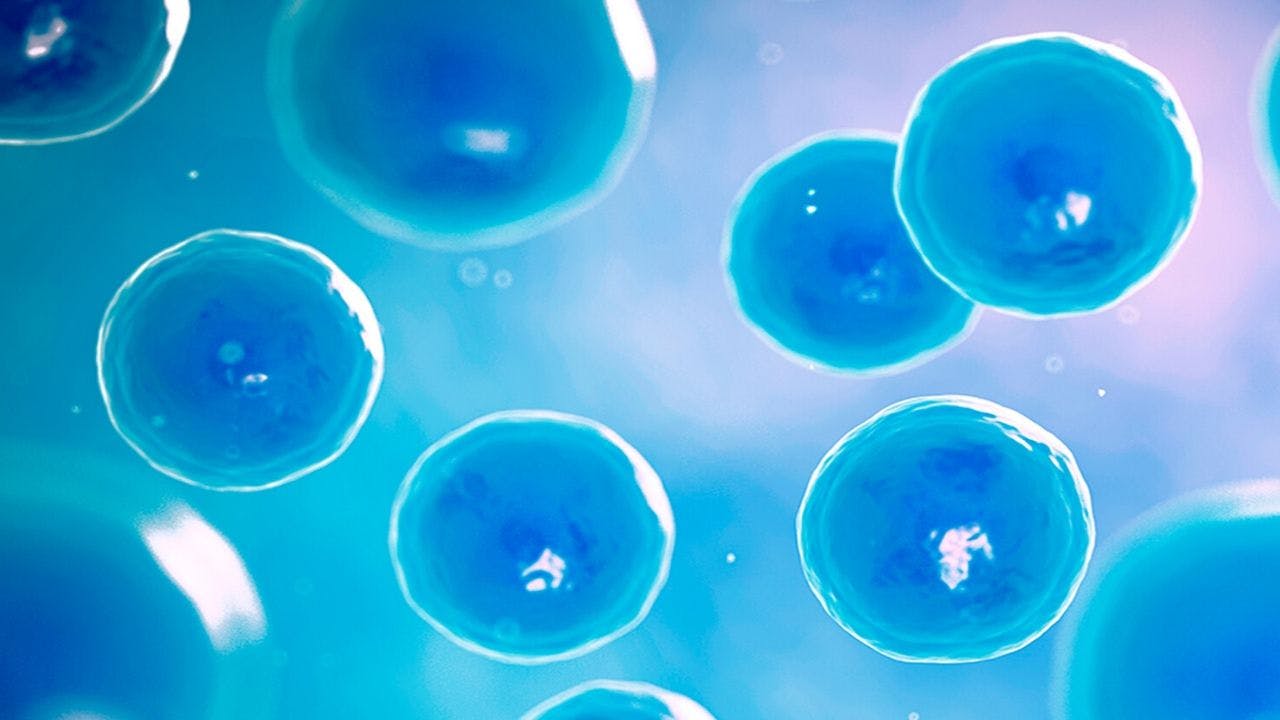June 4, 2020
1m 42s
Share:
Infertility is estimated to affect 15-20% of the world population, both men and women. Hyperbaric Oxygenation Therapy (HBOT) can be used in prevention and treatment since the hyperoxia that it generates has benefits on oxidative stress, vasculogenesis, and inflammation.
In women, it could stimulate oogenesis, decrease inflammation in endometriosis, and improve the quality of eggs. While, in men, it would help vascular erectile dysfunction, improve sperm cell metabolism including their mobility, and ischemia/reperfusion injuries that affect testicular tissue.
In a clinical study carried out in November 2018, the action of HBOT was evaluated in patients with erectile dysfunction caused by micro and macrovascular deficiencies. Erectile dysfunction improved by 88%. There were effects on the flow in the penile vascular bed and 80% of the patients reported positive results according to global efficacy questions. Therefore, HBOT reverses basic common pathophysiology and decreased penile perfusion1
Another cause of male infertility may be low sperm quality. In 2010, a study was conducted in a group of 10 patients who had been unsuccessfully treated with other methods due to oligospermia. Patients were treated in 90-minute sessions and metabolic capacity was evaluated as a function of mobility. Regarding the results obtained, it was found that HBOT increased mobility in all samples and decreased pH. This indicated the accumulation of metabolic acids, which implies an increase in cellular metabolism2
In women, hyperbaric oxygen therapy can have an effect on the successful implantation of the embryo, stimulating vascularization and tissue perfusion, as demonstrated in a study carried out by Mitrovic et al. In 20063. This is because it increases the quality of the endometrium and its thickness to favor implantation.
Female infertility may also be due to ovarian dysfunction. In a study by Pineda et al., HBOT was performed on women with dysfunction in Oogenesis. In 4 cases it was achieved ovarian stimulation with an increase in the anti-Müllerian hormone (related to ovulation) after 20 sessions. This study showed that hyperbaric oxygen sessions can increase serum AMH levels, with a significant increase of 116% in one case4.
Inflammatory conditions, for example, endometriosis, represent 30% of the causes of infertility. HBOT has been shown to decrease tissue inflammation by regulating oxidative stress and stimulate the expression of antioxidant enzymes. This is why hyperbaric oxygen therapy could be used to treat infertility and as an adjunct treatment in assisted fertilization.
Sources
Share:
Related


